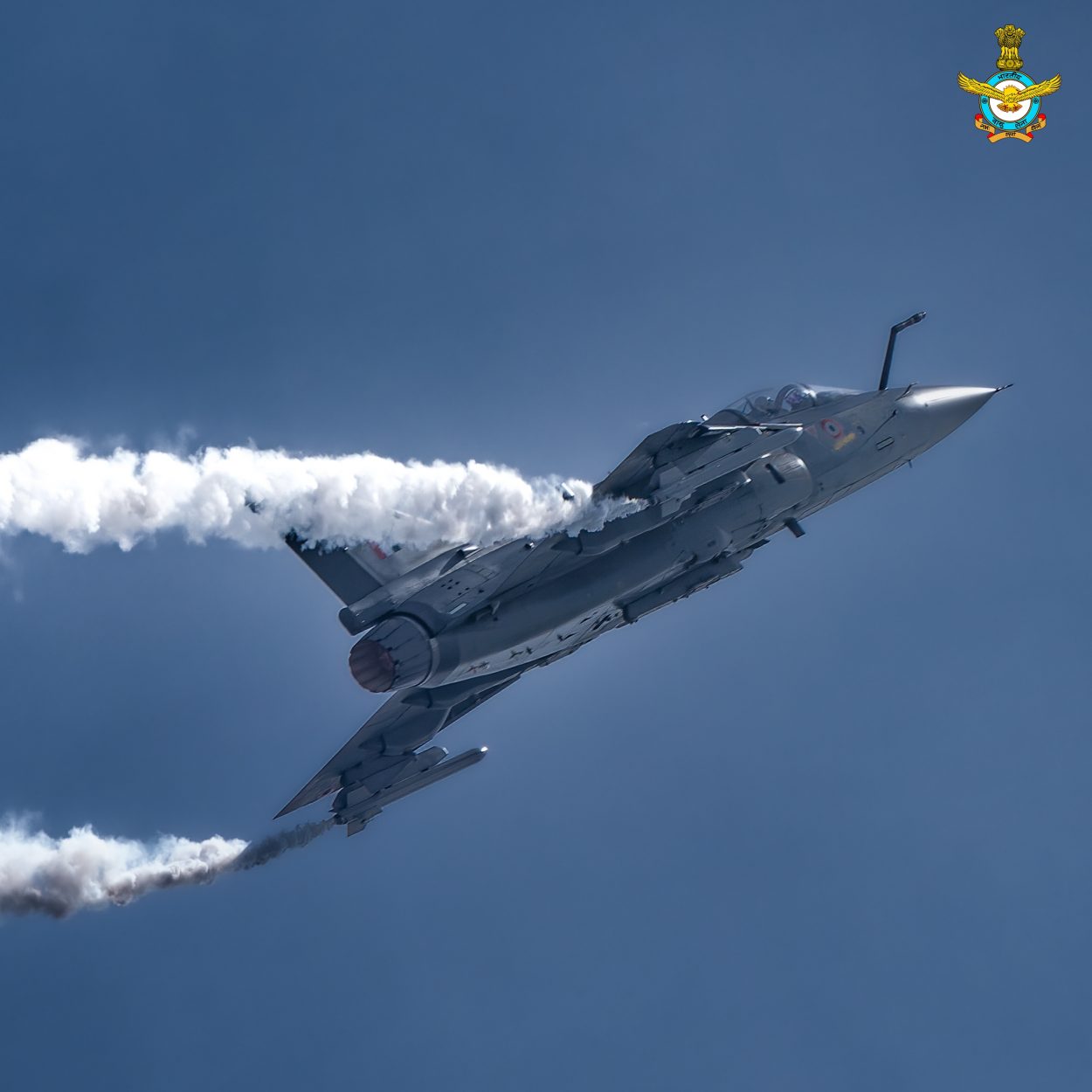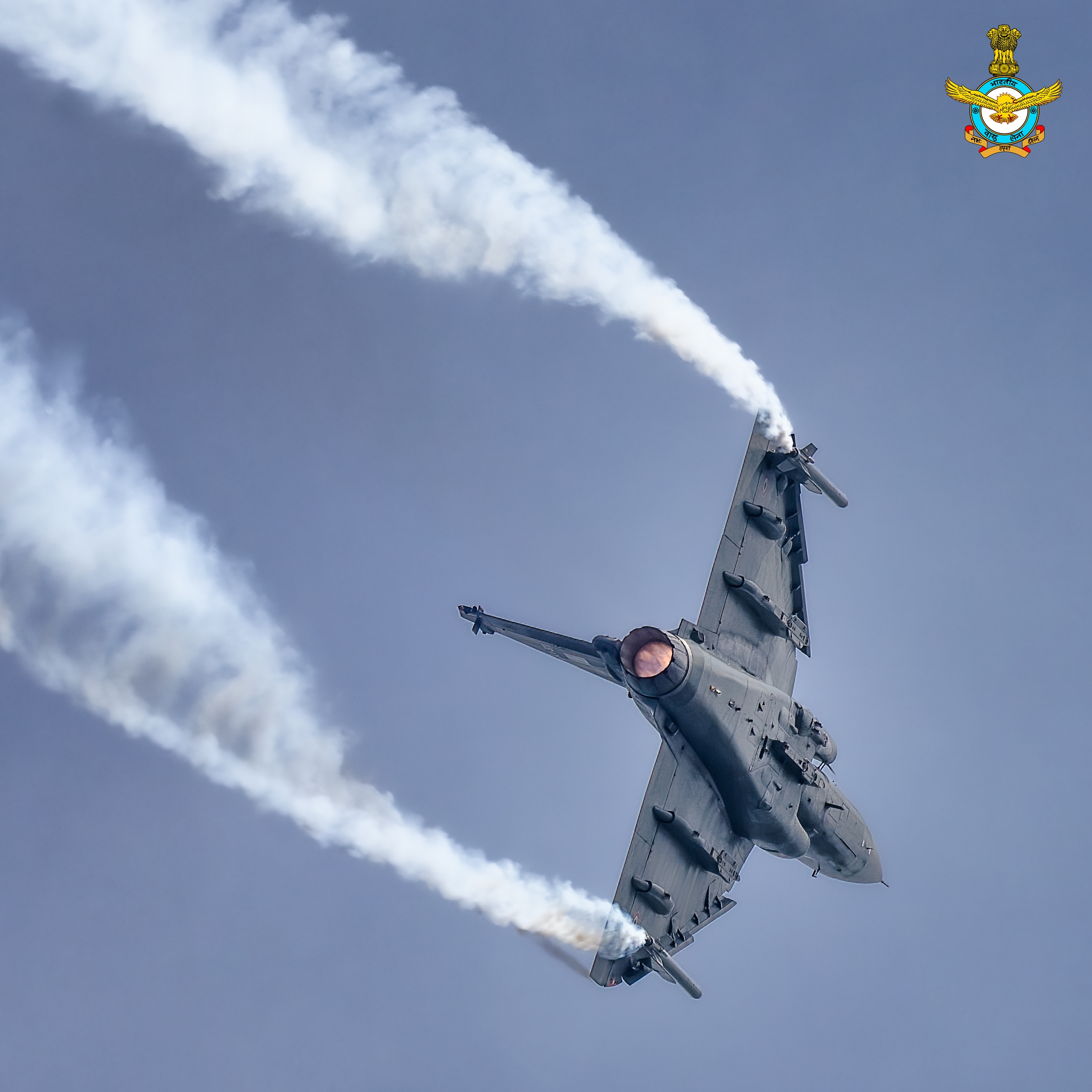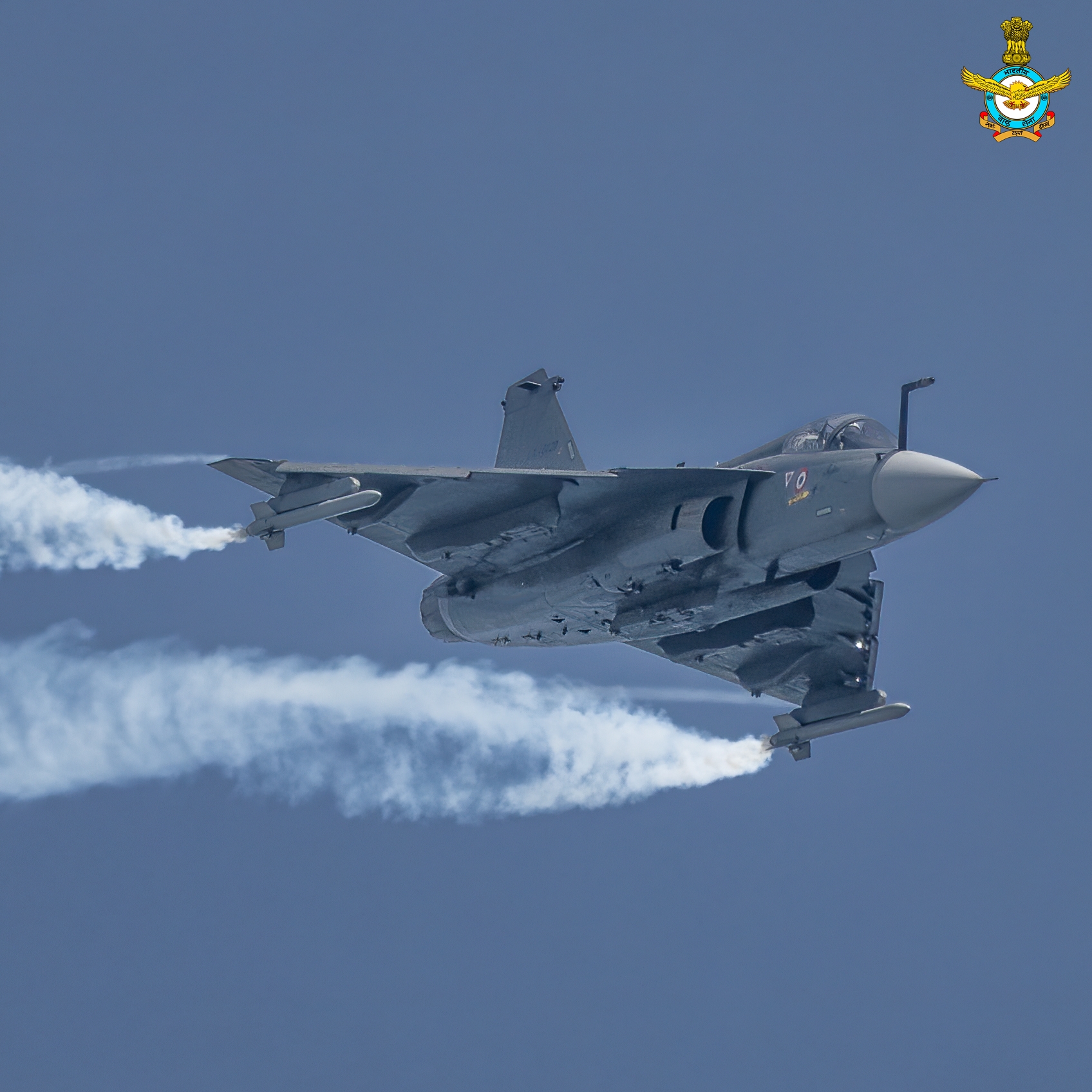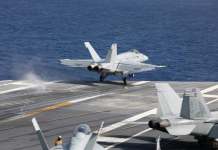The Tejas Light Combat Aircraft (LCA) and its upcoming variants have put India in the elite group of countries, which have designed and manufactured fourth-generation warplanes. Although most of its major components are still sourced from abroad, Tejas is still the face of India’s indigenization drive in defense production.
India’s LCA Tejas Steals The ‘Thunder’ As Sino-Pak JF-17 Jet Again Takes A Back Seat At Singapore Air Show
The Tejas Story
The Tejas entered service with the Indian Air Force in 2016 as a single-engine, lightweight, supersonic fighter aircraft. Its design and development program was led by the Aeronautical Development Agency (ADA) with HAL being the prime industrial contractor. The development of the multi-role LCA began in the 1980s.
Tejas was slated to replace India’s huge fleet of Soviet-era MiG-21 jets acquired in the 1960s. In May 2020, its final operational clearance (FOC) configuration, the first Tejas Mk1 entered service with the IAF.
In February 2021, at a ceremony in Bengaluru, HAL signed a $6.58 billion contract to deliver 73 new Tejas Mk1A LCA jets and 10 new Tejas Mk1 two-seat training jets to the IAF.

As of 2021, 50 percent of Tejas components were indigenous. It was announced that this number would increase to 65 percent. However, as of now, the jet incorporates several important components that are not indigenously built. The most important such components are the US-built F404 turbofan engine, the Israeli radars, and Russian weapon systems.
The weapon system accounts for several parts as Tejas has eight external hardpoints to carry munitions, with three under both the wings, one on the center fuselage and one under the air intake on the port side. The aircraft can be equipped with air-to-air, air-to-ground and anti-ship missiles.

A Competitive Fighter Aircraft
The Indian Air Force (IAF) is displaying the might of its Tejas Light Combat Aircraft in Singapore to position the fighters to meet local requirements of the region including Malaysia and other ASEAN nations. The IAF has deployed three combat jets for Singapore Airshow 2022 to demonstrate the prowess of IAF’s indigenous fighters.
Tejas fighter pilot Group Captain Manish Tolani described the Tejas as a 4.5 Generation fighter plane with proven capabilities across various climatic conditions including the subcontinent’s harsh northern mountainous regions and the southern regions’ tropical weather, according to Janes.
Earlier as EurAsian Times had reported, the Tejas fighters demonstrated ‘exceptional flying capabilities’ at the Singapore Air Show 2022, which began on February 15. Tejas, which had enthralled the audience not too long ago at the Dubai Air Show made a stunning appearance at the airshow and the Indian Air Force tweeted and called it ‘A Diamond In The Sky’.
Make-In-India Mascot
An important step towards greater indigenization of the Tejas has recently come up. On February 14, the state-owned BHEL said it had received an order from HAL to provide compact heat exchanger (CHEs) sets for Tejas aircraft.
Turkey Displays Its Fifth-Gen Stealth Fighter Jet At Singapore Air Show; Looks For Customers, Partners In Asia
“Bharat Heavy Electricals Limited has received a prestigious order for the supply of compact heat exchanger sets for 83 LCA Tejas MK1A aircraft, from Hindustan Aeronautics Limited,” BHEL said in a statement.
The order will not only involve manufacturing, but also assembly, testing, and supply of CHEs to be fitted in the aircraft.

What Are Compact Heat Exchangers?
Heat exchangers are used for various types of processing such as heating, cooling, etc. using a variety of media. CHEs are generally made of thin plates & fins which are stacked together, usually brazed or welded. They use metal plates to transfer heat between two streams of fluid.
They are used in all sizes and types of aircraft, and in different systems. A heat exchanger is also used to cool something, for example, the air in the cabin. It may also be utilized to warm something – for instance, the fuel in the tanks.
Typically, the type and size of heat exchanger used can be custom-made to suit a process depending on the type of fluid, its temperature, density, chemical composition, etc. Thus, the CHEs are vital to the performance of military and commercial aircraft alike.
Heat exchangers are vital for the accurate running of an aircraft’s electronics. They are also used in satellites to prevent overheating of electrical components.
The widespread use of CHEs in aerospace applications is justified by their less weight, greater compactness, and high-performance levels. Aerospace industries place a premium on size and weight without compromising on performance aspects.
Studies show that the aircraft heat exchanger market is expected to grow from approximately $1.3 billion in 2021 to $2.0 billion by 2026. This spurt is largely attributed to the increasing number of commercial and combat aircraft.
- Contact the author at: shreyya.mundhra@gmail.com
- Follow EurAsian Times on Google News




